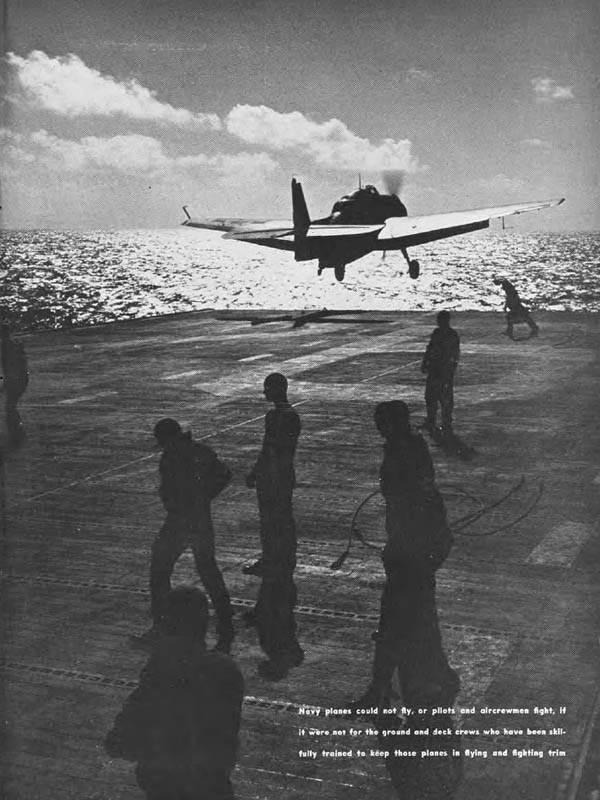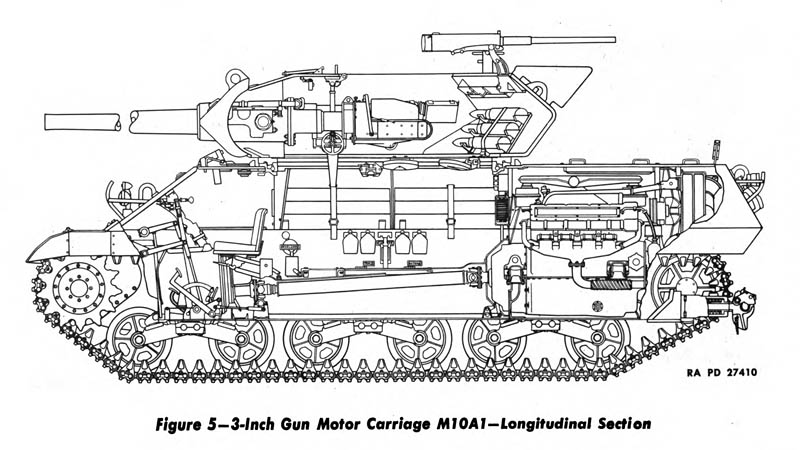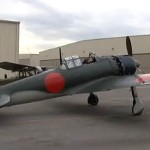
Navy planes could not fly, or pilots and aircrewmen fight, if it were not for the ground and deck crews who have been skilfully trained to keep those planes in flying and fighting trim. (Naval Aviation News, August 1, 1944.)
“When Not to Salute” from the U.S. Navy’s Bureau of Naval Personnel Information Bulletin, January 1944.
Left to Right, Top to Bottom: WHEN UNCOVERED (WITHOUT HEAD DRESS); WHEN IN RANKS (IF ADDRESSED COME TO ATTENTION); WHEN ENGAGED IN GAMES OR ATHLETICS; WHEN PART OF A DETAIL AT WORK; WHEN CARRYING ARTICLES WITH BOTH HANDS; WHEN UNDER ACTUAL OR SIMULATED BATTLE CONDITIONS; IN PUBLIC CONVEYANCES WHEN OBVIOUSLY INAPPROPRIATE; IN PUBLIC PLACES WHERE INAPPROPRIATE (THEATRE, HOTEL, RESTAURANT ETC.); AT MESS (IF ADDRESSED BY OFFICER, SIT AT ATTENTION); AT OARS IN A PULLING BOAT.
The Rear Gunner is a 1943 film by the U.S. Army Air Forces movie telling the story of the young private L.A. Pee Wee Williams whose marksmanship skills turn him into a medal-winning bomber tail gunner. The movie stars Burgess Meredith and Ronald Reagan.
Battleship USS Missouri from All Hands, Bureau of Naval Personnel Information Bulletin, October 1945.
‘THE PEOPLE OF MISSOURI CAN TAKE PRIDE…’
On 29 Jan 1944, the Senator from Missouri, Harry Truman, spoke at the launching of the nation’s mightiest battlewagon, the USS Missouri. He said: “The time is surely coming when the people of Missouri can thrill with pride as the Missouri and her sister ships sail into Tokyo Bay.”
MISSOURI, flanked by destroyer, steams into Tokyo Bay. Astern is the Iowa.
Eighteen months later, the Senator had become President and the Missouri was destined to play an even more dramatic role than had been anticipated either during her launching or during the months of bitter fighting when she helped devastate the Jap war machine. For it was the Missouri that was selected for the formal surrender signing.
The $100,000,000-dreadnaught is an apt symbol of the great role played by the Navy in the defeat of Japan. The equivalent of an 18-story building in height—with seven of these stories under water—the Missouri helped batter Iwo Jima, Okinawa, and the Tokyo area.
The Missouri, like other American capital ships, suffered from a Kamikaze hit. On 11 April a Jap suicide plane crashed into her superstructure and then hit her starboard side aft. The resulting fire was quickly extinguished and the Missouri did not even alter her course.
By the middle of July, when the Navy prepared for what was to be the final blow at Japan, Admiral Halsey chose the Missouri as flagship of the Third Fleet.
The 45,000-ton man o’ war—she is the same class as the Iowa, New Jersey and Wisconsin—is the fourth warship of her name. The first was a side-wheeled frigate completed in 1842. She was destroyed by fire while anchored in Gibraltar in 1844. The second Missouri was a Confederate iron-clad steam ram.
The third of that name, a 12,500-ton battleship, put to sea about 40 years ago and aboard was a young midshipman named Bill Halsey, today the Admiral in command of the Third Fleet. She was scrapped in 1922 under the Washington Treaty.
Longitudinal cross-section drawing of the M10 tank destroyer from TM 9-731G: 3-Inch Gun Motor Carriage M10A1, War Department Technical Manual, July 1943.

 The authentic sound of a Japanese A6M5 Zero with a fully-restored original Mitsubishi Sakae radial engine. This particular Zero was built by Nakajima in 1943, captured by U.S. forces on Saipan in June 1944, shipped to the U.S. for evaluation, sold for salvage, and then eventually being purchased and restored by the Planes of Fame Museum in Chino, California.
The authentic sound of a Japanese A6M5 Zero with a fully-restored original Mitsubishi Sakae radial engine. This particular Zero was built by Nakajima in 1943, captured by U.S. forces on Saipan in June 1944, shipped to the U.S. for evaluation, sold for salvage, and then eventually being purchased and restored by the Planes of Fame Museum in Chino, California.
A German Wehrmacht article on the redesignation of panzers from the German WWII publication Nachrichtenblatt der Panzertruppen, Generalinspekteur der Panzertruppen, No. 17, November 1944:
III. Neubenennung gepanzerter Fahrzeuge
Nachstehend aufgeführte Neubenennungen treten mit sofortiger Wirkung in Kraft:
Bisherige Bezeichnung Neue Bezeichnung le. Pz. Jg. 38 t Jagdpanzer 38 Sturmgeschütz III Sturmgeschütz III Sturmgeschütz IV Sturmgeschütz IV Sturmhaubitze Sturmhaubitze Sturmpanzer Sturmpanzer le. Pz. Jg. IV Jagdpanzer IV s. Pz. Jg. V Jagdpanther s. Pz. Jg. VI Jagdtiger Panzer IV Panzer IV Panzer IV lang Panzer IV lang
From Japanese Electronics, OPNAV-16-VP101, Photographic Intelligence Report 1, Air Intelligence Group, Division of Naval Intelligence, Office of the Chief of Naval Operations, Navy Department, January 1945:
“Mobile Mattress” Radar
A later, and apparently more efficient, Radar type is the “Mobile Mattress” or “Mark I, Model 2”. The Radar operates at 200 mcs. and is identified by a small screen (14′ x 7′) mounted on a Japanese standard army trailer (type 94).
This Radar is being used more and more for land-based search, either alone or in conjunction with older types. It is frequently seen mounted in emplacements, suggestive of a permanent siting.
Below are reconstructed drawings made from photos of the Kwajalein set.
The shack, antennae, revolving mount and trailer may be separated for shipping purposes.
LOCATION KWAJALEIN TYPE (MK. I, MODEL 2) “MOBILE MATTRESS” ANTENNA 14′ x 7′ x 1 2/3′ FREQUENCY 200 MCS P.R.F. 800 – 1500 PULSE 3 1/2- 12 MAXIMUM RANGE 100 N. MI. The Mobile Mattress captured at Namur, Kwajalein, was mounted atop the standard concrete power house. Although the set is badly damaged, it is still possible to establish the important recognition features.
Note the similarity in design between this and the Attu type screen. The Mobile screen is much smaller, however.
Several additional views of the “Mobile Mattress” or Mark I, Model 2 are shown for familiarization. This set is very probably the best Japanese Search Radar in general use at present. The frequency is 200 megacycles per second and the maximum range is 100 nautical miles.
A mobile training unit instructs B-17 crew and ground crew in the servicing of the B-17 oxygen system at a U.S. base in England in 1944. The veteran B-17 Flying Fortress “Flak Alley Lil” of the 305th BG is parked in the background. (U.S. Air Force Photo.)
Associated Press has published an interview with Mayhew “Bo” Foster, the U.S. pilot who flew Nazi leader Hermann Goering to the 7th Army’s headquarters for interrogation in a Piper artillery spotter plane: Pilot Recalls Nazi Leader’s Capture.
It was May 9, 1945, the day after World War II ended in Europe. Goering, Foster and officers from the Army’s 36th Infantry Division gathered on an airstrip outside Kitzbuhel, Austria, to transport the war prisoner back to Germany in a two-man reconnaissance plane….
Goering, 52, had surrendered to the U.S. Army’s 36th Infantry Division the day before, and was now being delivered to Foster for transport….
The main problem, Foster said, was getting the two of them off the ground. Goering weighed 300-plus pounds, and the nimble, lightweight Piper L4 that Foster piloted in his artillery spotting missions wouldn’t support both him and Goering.
They’d have to upgrade to an L5, a slightly larger aircraft Foster hadn’t flown in years….
There was just a single jeep at the airstrip to meet the arriving flight. Foster rode with Goering to the gates of the 7th Army Headquarters and formally turned him over to the intelligence officer without ceremony.